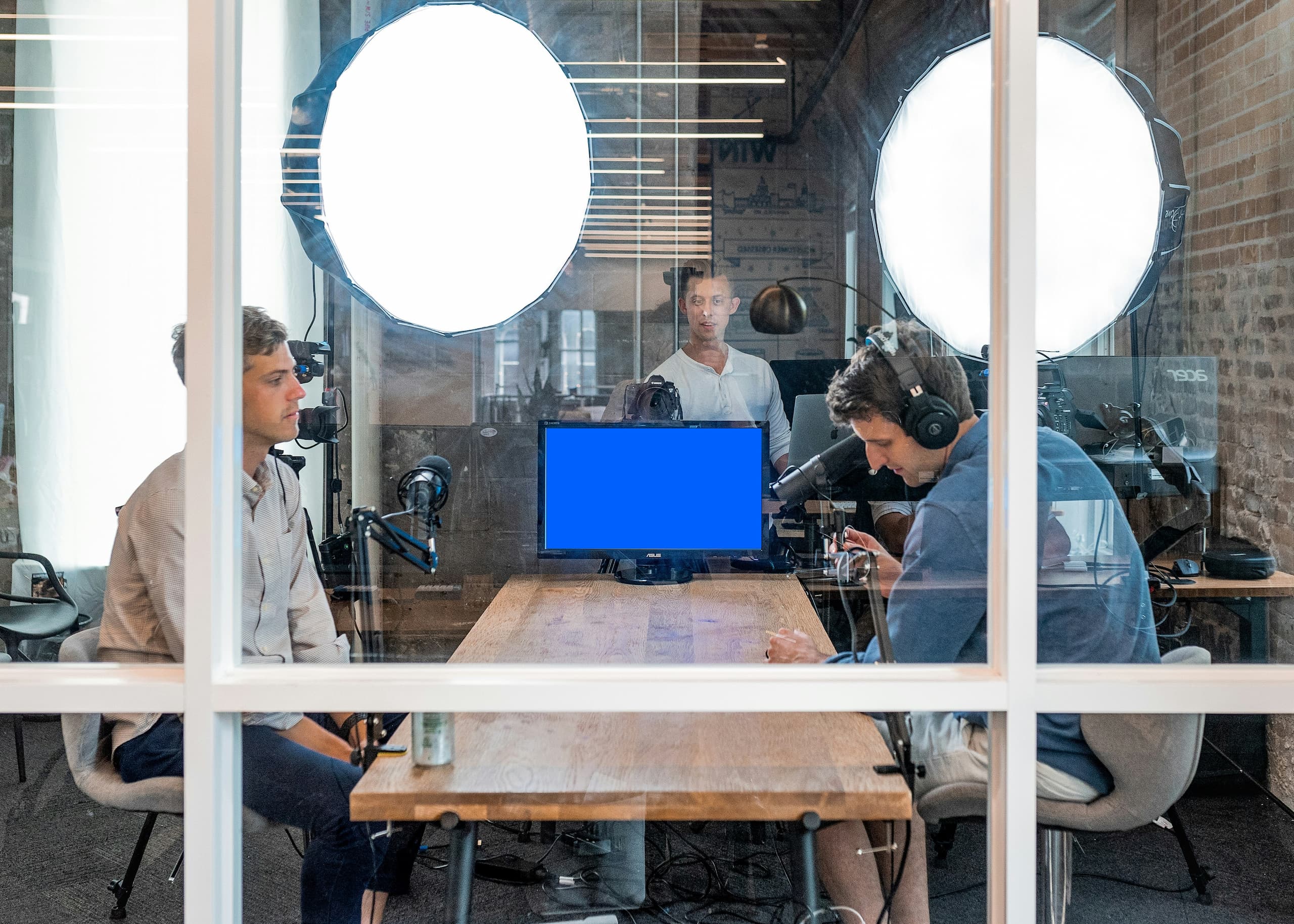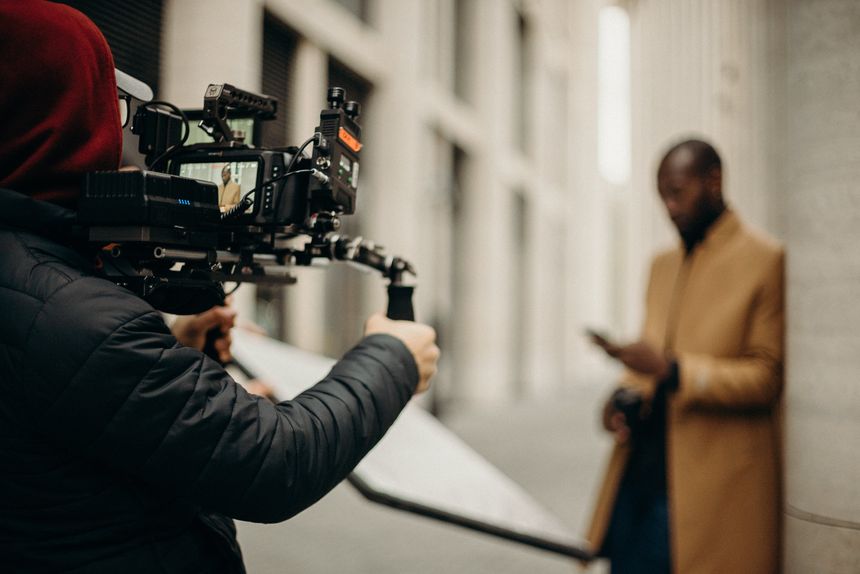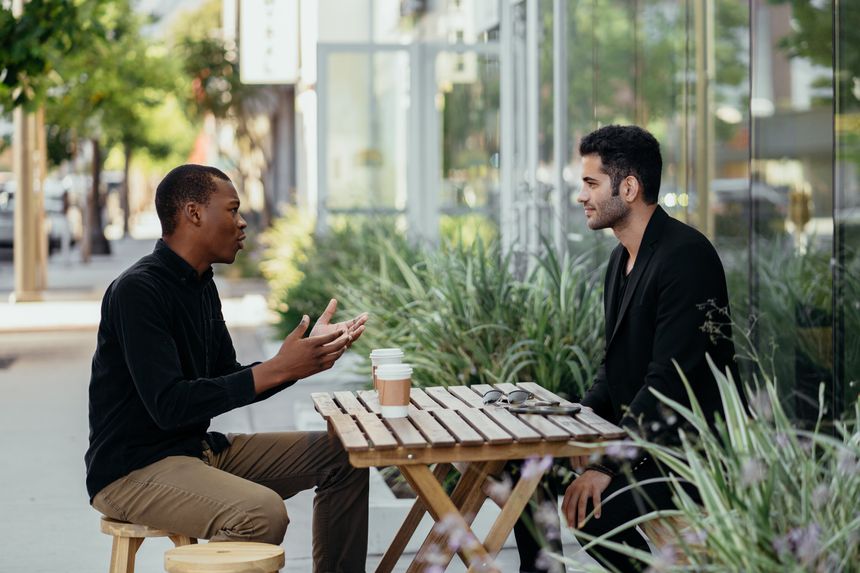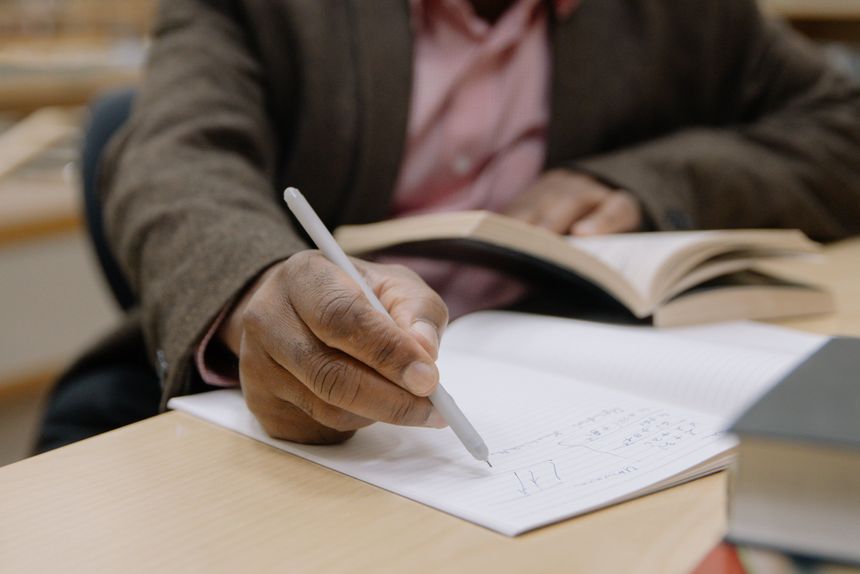At some point in your professional or student life, you will likely be conducting an interview. And, like it or not, the skills you need to do a great one don’t come naturally.
An interview is more than just a conversation between two or more people. It’s a conversation with a purpose – and goals that need to be achieved. These might be information gathering, assessment, or relationship building.
What’s more, there’s a good chance that the information you gather during your interview will play an important role in a big decision to be made. Maybe you’re looking for your next hire, writing an article, or preparing to make an investment.
Whatever your goal is, we want to help you make sure you get the most out of your interview. Here’s our easy guide on conducting successful interviews.
Interview Preparation
The first step towards success in anything is preparing for it. It’s the same with interviews.
With interview preparation, you set the stage. You lay the groundwork for an effective interview process. So get ready! With this mindset, you’ll impress your interviewee and get what you want from your conversation.
Understanding the Purpose
Foremost in your preparation: know your objective.
Are you after a good personal story? An exclusive scoop, perhaps? Or, do you want to get as much expert insight and factual data as possible?
Defining your purpose early on lets you prepare your questions and the angles you wish to pursue. It also lessens the risks of going off track and wasting time.
Background Research
Knowing your interviewee’s background – their history, achievements, prior interviews, and public stance on the topic – is a good way to facilitate a more insightful interaction. It lets them know that you are invested in this interview and want to get the most out of it.
Start by going back to your interviewee’s past interviews on the topic. Research articles and profiles that have been published. If your interviewee has written about the topic, it’s a good idea to read those too.
Doing proper background research lets you anticipate potential answers. You can then frame your questions differently so you get less generic and more interesting responses. It gives your interviewee a chance to provide you with more thoughtful answers.
Equipment and Logistics
You know what you want to achieve; you’ve done your research and have your questions prepared. Are you ready?
No – not yet! You know your lines, but now, you need to prepare the scene!
Before you begin the interview, you should also make sure that your equipment works. Bring reliable recording devices. Test everything, from your audio recorder and video camera to your note-taking tools. Make sure to do this before your interviewee arrives.
Once the interview is done, you’ll need an efficient, reliable way to transcribe the audio. That’s where Good Tape comes in.
Good Tape is a free transcription service that allows you to automatically transcribe your interview recording to text. The software offers outstanding, high-quality, and error-free transcriptions in a fraction of the time it would take to transcribe your interview manually. With over 90 languages available, you can rely on Good Tape no matter who you’re interviewing.
Did your audio not come out as clear as expected? Not to worry – Good Tape has built-in software that automatically enhances the quality of your files. With Good Tape in your toolkit, you’re prepared for every outcome, and you can focus on conducting the perfect interview without worrying about your equipment.
Asking Effective Interview Questions
We mentioned earlier that interviewing isn’t the same as an ordinary conversation. As the interviewer, it is your job to guide the conversation. You always want to get genuine, well-thought-out, and informative responses.
_At the core of every great interview are the questions that you ask. _Focus on your interview goals, and craft your questions with those goals in mind.
When conducting an interview, there are three main types of questions to consider: open-ended, closed, and probing.
Open-Ended vs. Closed Questions
The main difference between an open-ended question and a closed one is the response you get.
Open-ended questions encourage expansive answers, which can delve into personal experience, opinions, and feelings. With closed questions, you solicit specific answers, including the yes or no, when, where, and what-types of information.
A skillful interviewer knows when to use these two types of questions perfectly:
- Open-ended questions are designed to give interviewees the freedom to express themselves. They aren’t constrained to give specific informational answers. You can encourage them to reveal personal perspectives and expound on their answers.
- Closed questions, on the other hand, ask for more specific information. Questions like: ‘What position are you applying for?’ or ‘Did you write for the NY Post in 2015?’ qualify as closed questions that don’t really need elaboration. Through closed questions, you can establish baseline information or clarify points.
Probing Questions
When you need an elaboration or clarification of the initial response, that’s when you bring out your probing questions.
Probing questions are follow-up questions that dive deeper into the previous response. For instance, if your interviewee claims to have a great career selling cars, ask: ‘Can you elaborate on that?’
Your question probes deeper into the earlier statement. It can unearth details and nuances that would have otherwise not emerged in the normal flow of conversation.
Structuring the Flow of Questions
The best interviews flow naturally. They don’t hop from one topic to the next. There has to be a sequencing of questions, such that the conversation and sharing of information is organic.
So, in structuring the flow of questions, you need to start broad. From here, gradually focus and follow through with relevant probing queries.
This approach is a great way to build rapport with your interviewee. They begin to feel comfortable talking to you, and are more likely to open up when asked probing questions.
Structuring the question flow allows you to logically touch on more complex topics. You design the conversation so that you can go deeper.
Interviewing Techniques
Keep in mind that there are necessary interviewing techniques that transcend the questions you ask.
While your questions are the centerpiece of an interview, these techniques are equally crucial. It can be as simple as pacing the conversation or adapting the flow so it can go to unexpected spaces. Or, it could be in your show of empathy.
Here are two interviewing techniques that you need to integrate into all your interviews: active listening and non-verbal communication.
Active Listening
Active listening is a vital skill for any interviewer. It essentially means that you have to be fully present and pay attention to what’s being said. Focus on what your interviewee is communicating, and respond through nodding, eye contact and other physical affirmations.
You also show that you are actively listening by adapting your followup questions to consider what’s said. Some interviewers make the mistake of just going through their prepared questions, without really considering what’s being spoken.
When you apply active listening, you understand your interviewee’s narrative and promptly adjust your line of questioning. This makes them feel valued and understood.
Non-Verbal Communication
Beyond spoken words, there’s a whole different conversation going on through non-verbal communication or body language. And mind you, this is a two-way conversation.
All parties in the interview are giving out signals that affect the whole process. You might be crossing your arms and communicating a lack of openness. Or, you may find yourself glancing at your watch or phone every so often.
These are non-verbal cues that can make your interviewee uncomfortable or defensive. It can reduce their enthusiasm and willingness to be more open with you.
In the same way, you need to spot the signals they send out. Interviewees might begin to feel uncomfortable or hesitant. Perhaps, you asked a sensitive question they are unwilling to get into. Take note of these cues and respond accordingly.
Interview Best Practices
We went over the basics of a great interview: prepare, have your questions ready, and apply effective interviewing techniques, such as active listening and watching out for non-verbal cues.
Now, we’re going to look at interview best practices. Employing these best practices in every interview is testament to your commitment to extracting genuine and truly-enriching responses.
Below, you will find three best practices to incorporate into your interviews to improve your chances of success:
Setting the Right Environment
When interviewing someone, the surroundings matter. Not only are they important for the quality of your audio – they’re also essential to ensuring that your interviewee feels relaxed and ready to talk to you.
Make sure your interview location is:
- Quiet and distraction-free
- Accessible to your interviewee
- Private
- Neutral
- Suited for face-to-face interaction
A quiet, professional space offers few distractions and allows you to focus on the conversation. It can put your interviewee at ease. Likewise, make sure the space is neutral and devoid of anything that can affect the interviewee’s response. Participants should be able to sit and face each other during the interview.
Recording and Documentation
Recording has always been integral to the interview process. You can’t show up to an important talk with just a pen and paper!
Recording devices help to guarantee the integrity of the proceedings because you are able to capture all key points and grasp any nuances in the responses. As professional journalists can attest, it is hard to misquote anyone if you recorded their statements.
Services like Good Tape’s play an essential role here. When you have several hours worth of interviews to transcribe, an efficient transcription tool is a must-have to make your deadlines.
Managing Difficult Interviewees
Every now and then, you’ll need to deal with uncooperative and even confrontational interviewees. These participants may not be opening up to you; they can veer off-topic or even dominate the conversation.
As the interviewer, you need to assert yourself. Practice empathy and patience but also try to steer the conversation back on track. Remember your interview goals — you need to achieve these, despite your difficult interviewees.
You can do this tactfully by pausing to let your interviewee finish their statement. Then, restate your questions or use open-ended questions to lead the dialogue to where you can get valuable insight.
Get Started with Good Tape: Transcription Tool for Journalists
Your post-interview process is integral to your conducting successful interviews. So, get started with Good Tape, a cutting-edge AI transcribing tool designed for the needs of journalists, students, researchers, and other professionals.
Good Tape makes use of proprietary AI technology to provide you with a user-centric transcription solution. You have free access to it, with a monthly limit of three recordings. Or, choose our Professional or Team options for a minimal monthly/yearly fee. Get started with Good Tape audio-to-text transcription today.




